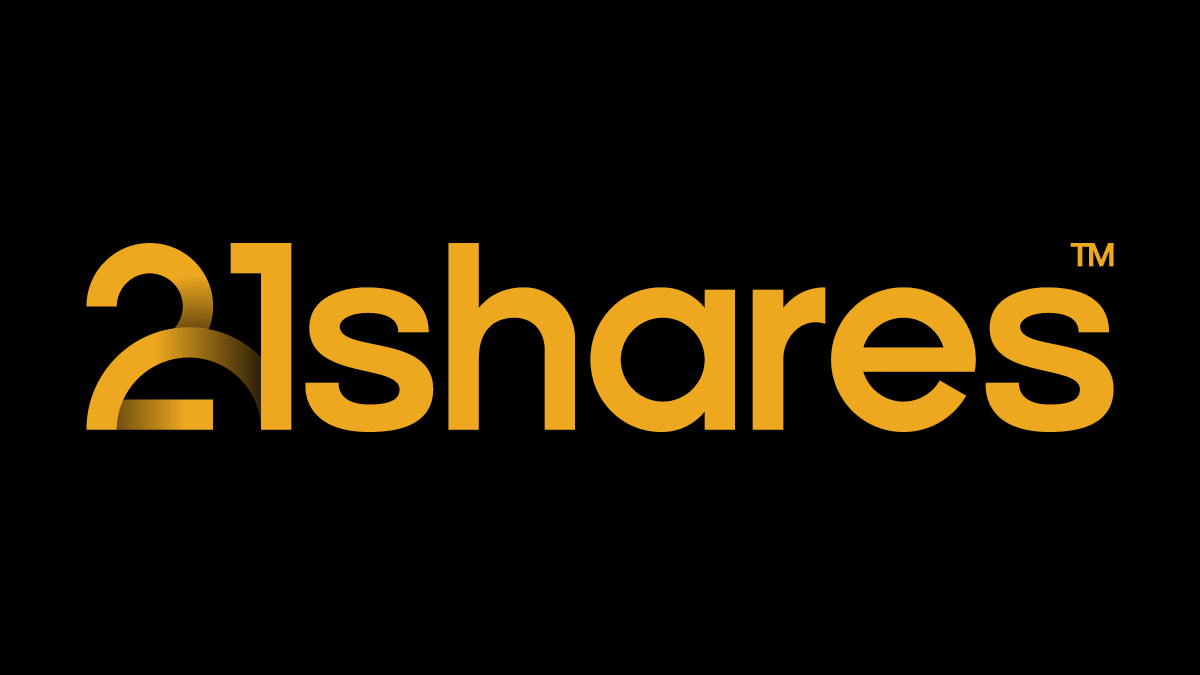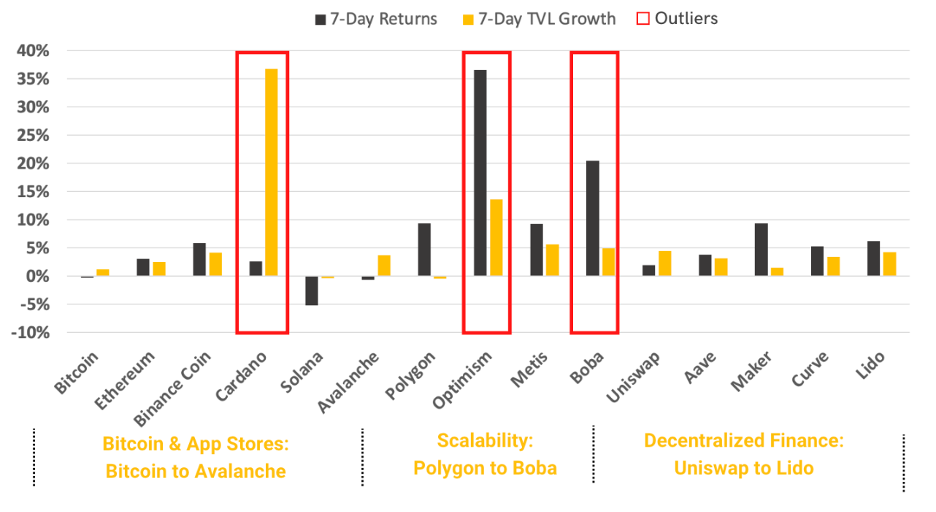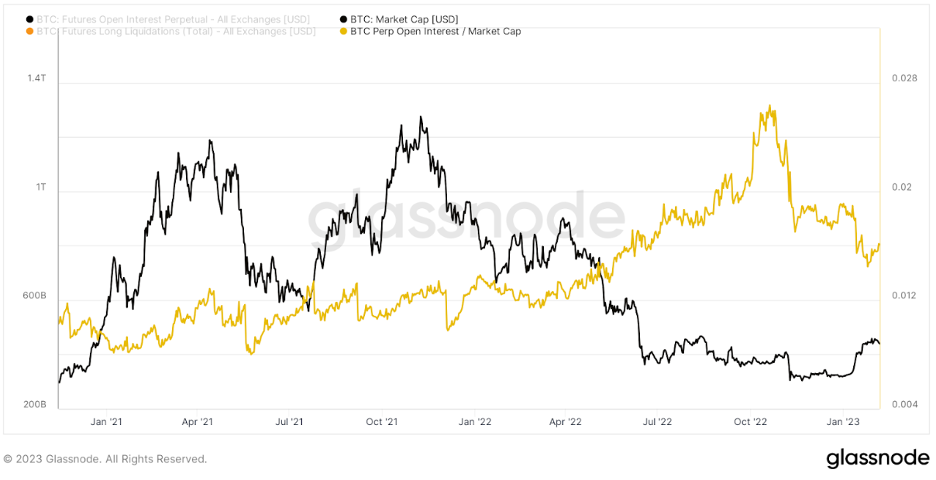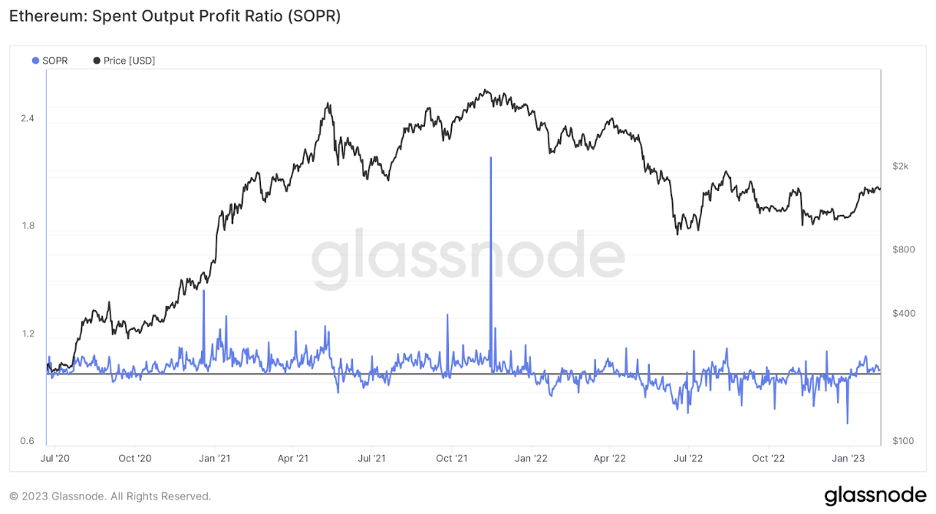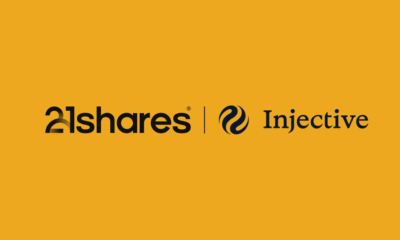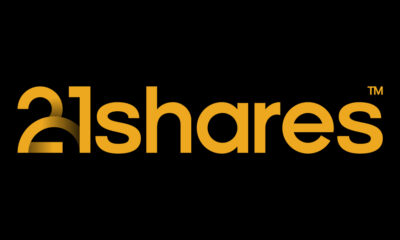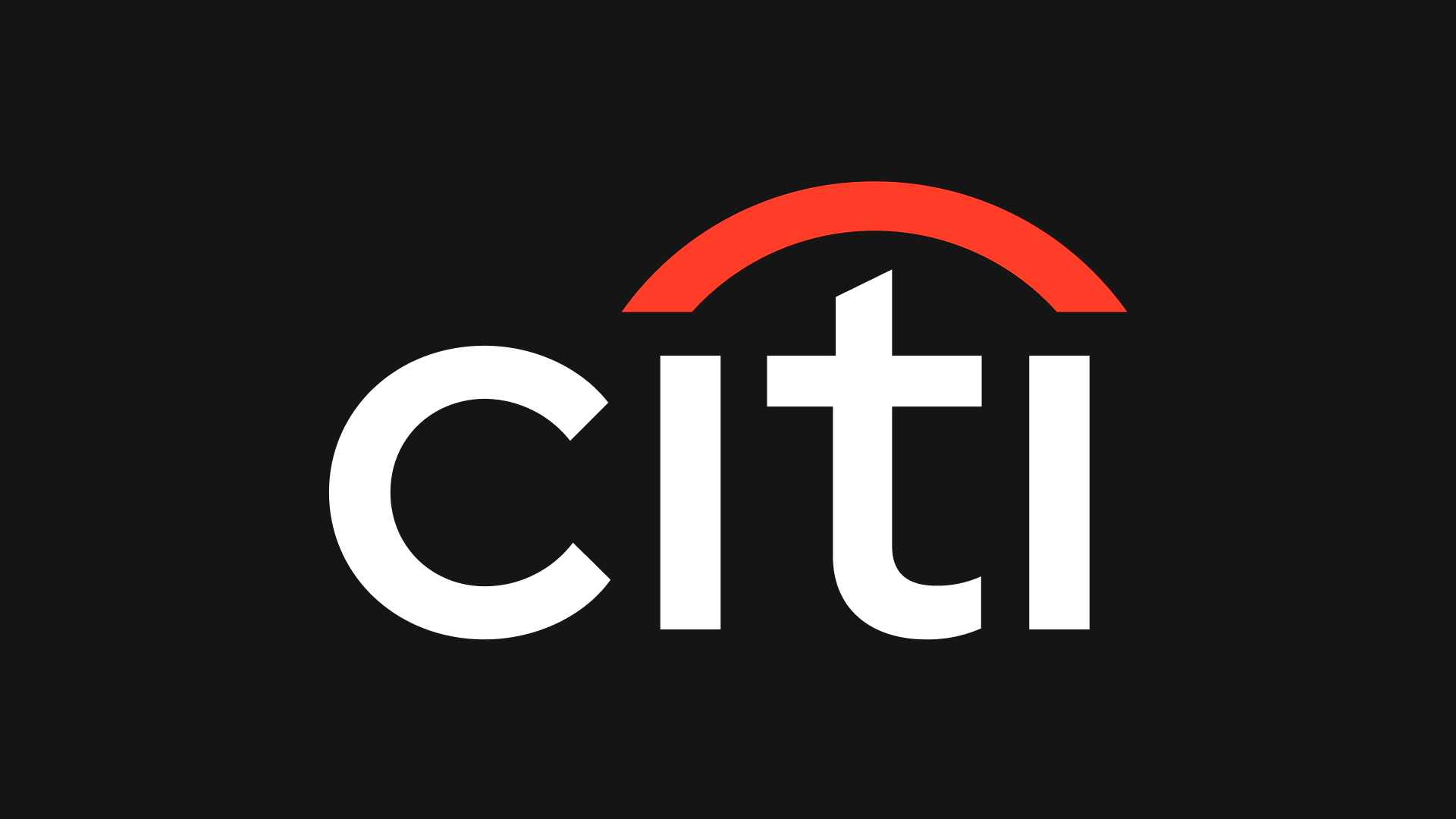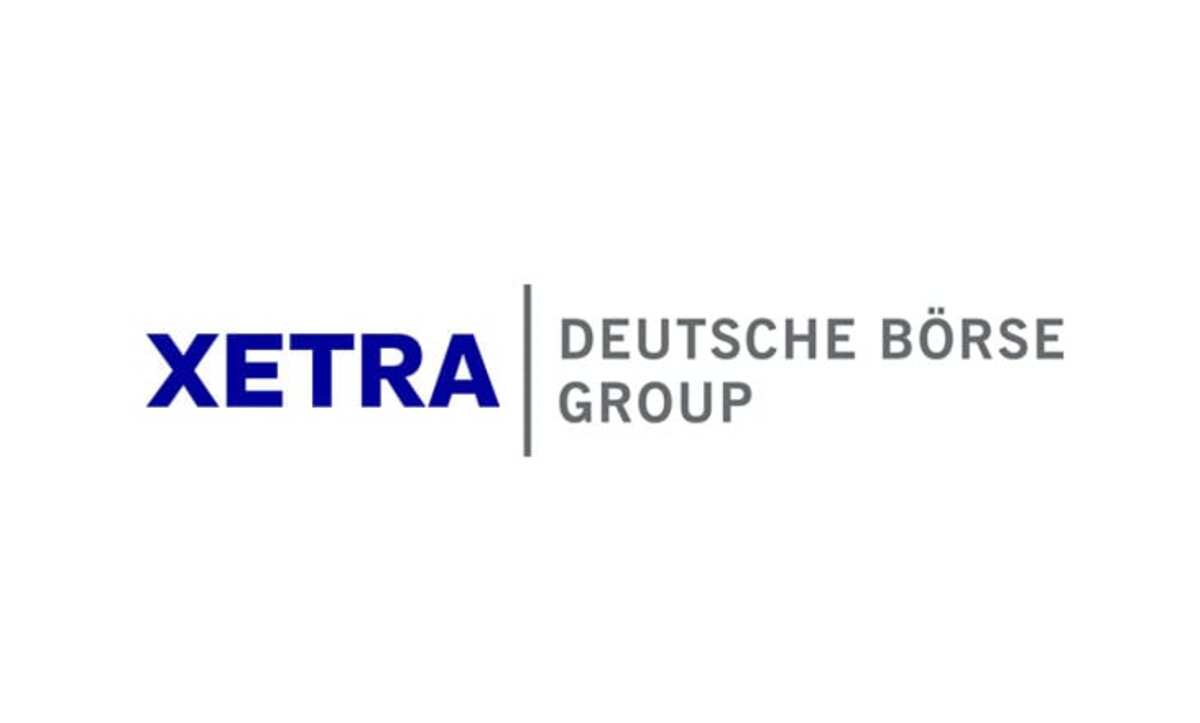HANetf, Europas första och ledande white-label ETF- och ETC-leverantör, tillkännagav idag en minoritetsinvestering i HANetf Holdings Limited från Citi. Citi blir aktieägare tillsammans med andra institutionella investerare Elkstone, Point72 Ventures och ThirdStream Partners.
Investeringen återspeglar styrkan i HANetfs white-label ETF-verksamhet, som fortsätter att uppleva en exempellös tillväxt och dominerande marknadsandel. Citis investering följer en omfattande due diligence-process, vilket understryker HANetfs robusthet i alla aspekter av dess verksamhet. Investeringen belyser den växande relevansen av ETF-white-labeling som ett av de snabbast växande segmenten inom tillgångsförvaltningsbranschen.
HANetf, som redan är lönsamt, kommer att använda de nya investeringsintäkterna för att accelerera sina tillväxtplaner för att dra nytta av det exponentiella intresset från europeiska och globala tillgångsförvaltningsföretag som vill gå in på den europeiska ETF-marknaden. HANetf erbjuder redan white label-ETF-tjänster till 22 kunder av totalt 131 varumärken som är aktiva inom den europeiska ETF-branschen, vilket representerar över 16 % av marknaden. Antalet företag som går in på marknaden förväntas öka med växande intresse från traditionella aktiva förvaltare, och investeringen kommer att göra det möjligt för HANetf att bygga upp kapacitet och infrastruktur inför den förväntade vågen av nya fondförvaltare, och att bygga ut sina Irish Manco och MIFID företag.
White label-ETF-plattformar sänker inträdesbarriärerna för kapitalförvaltare och driver rekordnivåer av nyemissioner i hela Europa. Under de senaste 24 månaderna har HANetf sett en snabb tillväxt av nya kunder, ETF-lanseringar och förvaltat kapital.
På ett årsbasis har HANetfs förvaltade tillgångar nästan fördubblats och motsvarar nu över 7,7 miljarder dollar. Sedan den 1 januari 2025 har HANetfs förvaltade tillgångar vuxit med 63,3 %, vilket vida överstiger den europeiska ETF-marknadens tillväxt på 17,7 procent.
HANetf har befäst sin roll som en viktig pelare i Europas ETF-infrastruktur och tillhandahåller den operativa ryggraden för ett växande antal ETF-emittenter för första gången. Plattformen stöder nu över 20 ETF-emittenter, inklusive välkända företag som Jupiter Asset Management och Guinness Global Investors, med ytterligare två stora namn inom europeisk kapitalförvaltning som kommer ut på marknaden efter sommaren.
HANetf har blivit den ledande white-label-partnern för kapitalförvaltare att gå med i Europas snabbt växande ETF-strategier som optionsintäkter, aktiva aktier och räntor samt tematiska investeringar. Med över 1 000 börshandlade fondprodukter (ETP) tillsammans i Europa, expertis inom flera tillgångar inom alla större ETP-typer och cirka 400 års kombinerad ETF-erfarenhet erbjuder HANetf det bredaste teamet av ETF-experter inom den europeiska white label-branschen för ETF:er. Som den längst etablerade white label-ETF-utgivaren i Europa fortsätter HANetf att stödja ett växande utbud av innovativa kapitalförvaltare när de lanserar differentierade strategier på marknaden.
Hector McNeil och Nik Bienkowski, medgrundare och VD:ar för HANetf, kommenterade: ”Citis investering är en milstolpe för HANetf. Den visar styrkan i vår expertis, tillväxten av white label för ETFer och HANetfs betydelse inom det europeiska ETF-ekosystemet.
Vi har alltid trott att white label för ETF:er skulle bli en central del av ekosystemet för kapitalförvaltning och service, precis som det har gjort tidigare inom den bredare fondbranschen.” Vi är stolta över att lägga till Citi till vår kapitaliseringstabell tillsammans med andra högkvalitativa institutionella investerare som Point72, Elkstone och ThirdStream, som har varit investerare i HANetf sedan 2017.
”Vi återinvesterar redan vinsterna från vår tillväxt och denna investering kommer att göra det möjligt för oss att exponentiellt öka kapaciteten på vår egen plattform tidigare, för att bygga ut HANetfs kapacitet i takt med att fler kunder fortsätter att välja HANetf för att lansera ETFer före andra ETF-lanseringsalternativ.”
Andrew Jamieson, global chef för ETF-produkter och Citi Velocity ETFer, Citis nya ETF-emissionsplattform, tillade: ”Att investera i och samarbeta med HANetf kompletterar våra ETF-kapaciteter heltäckande och skiljer oss från mängden. Som den enda globala organisationen som kan leverera ett helt ETF-ekosystem kring den blivande emittenten, erbjuder vi en sömlös operativ anslutning för våra stora kapitalförvaltare som vill lansera ETFer i Europa, och kan nu dra nytta av HANetfs expertis för att leverera den bästa lösningen i världen.”

 Nyheter2 veckor sedan
Nyheter2 veckor sedan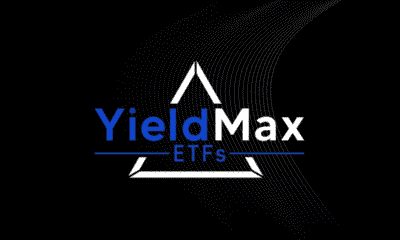
 Nyheter3 veckor sedan
Nyheter3 veckor sedan
 Nyheter3 veckor sedan
Nyheter3 veckor sedan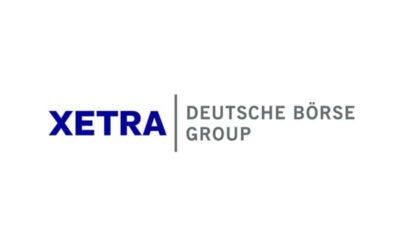
 Nyheter4 veckor sedan
Nyheter4 veckor sedan
 Nyheter3 veckor sedan
Nyheter3 veckor sedan
 Nyheter2 veckor sedan
Nyheter2 veckor sedan
 Nyheter2 veckor sedan
Nyheter2 veckor sedan
 Nyheter4 veckor sedan
Nyheter4 veckor sedan
